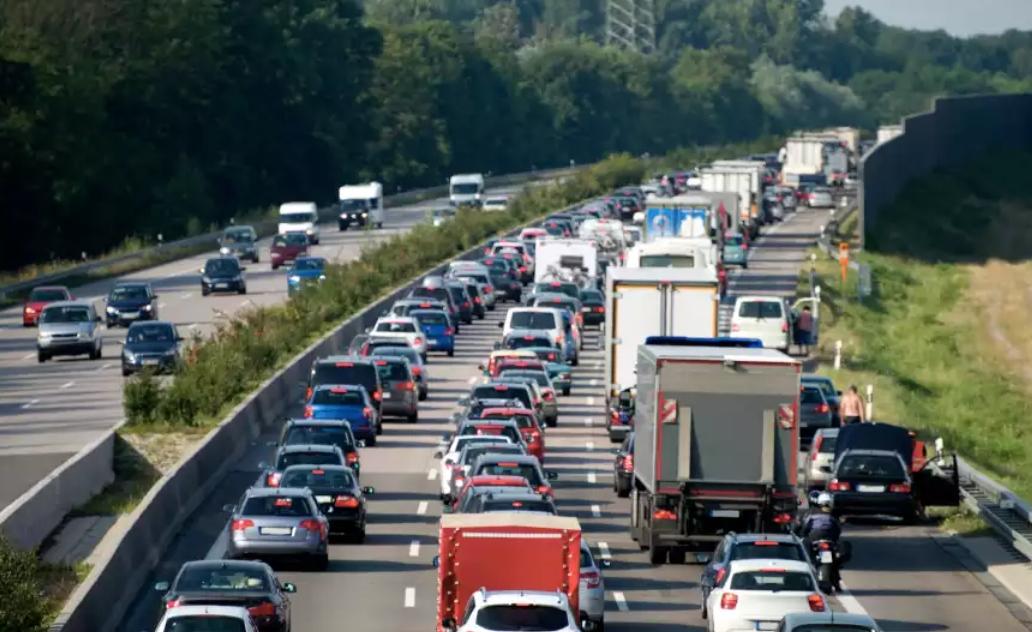
Number of cars per inhabitant in Germany at a record high
September 19, 2022The car density has reached a new record high in Germany. The growing trend towards third-party vehicles is also responsible for this.
According to data from the Federal Motor Transport Authority (KBA), the number of passenger cars in Germany has risen continuously over the past ten years. As reported by the Federal Statistical Office (Destatis), 48.5 million cars were registered on January 1, 2022, according to KBA figures. On January 1, 2021, there were 48.2 million passenger cars.
This means that 580 cars were registered per 1,000 inhabitants in 2021. In 2011 there were still 517 cars per 1,000 inhabitants. As the statisticians explain, the number of cars has increased significantly more than the number of people over the ten-year period under review.
High regional differences in car density
The regional differences in car density are high in the Federal Republic. The car density in 2021 was highest in the western states of Saarland (658 cars per 1000 inhabitants), Rhineland-Palatinate (632) and Bavaria (622). The city states of Berlin (337), Hamburg (435) and Bremen (438) had the lowest car density. The authors cite the well-developed public transport network as one of the reasons for this. In the eastern German federal states, the car density in 2021 was below the national average. In addition, the car density did not increase as strongly there as in Germany as a whole during the period under study.
More and more second and third cars
The proportion of households with two cars rose from 23.4 percent to 27 percent during the study period. In 2021, 6.1 percent of households had a third car. In 2011 it was only 3.7 percent. Only the proportion of households with at least one car fell slightly from 77.9 percent to 77 percent.
More and more electric cars
The registration figures from the KBA also show that electric cars are becoming increasingly popular in Germany. In the period from January 2022 to July 2022, their share of new registrations was 13.6 percent. In the same period last year it was only 0.6 percent.
Car density in a European comparison
In a ten-year comparison, the car density in the other member states of the European Union (EU) has also increased. The car density is highest in Luxembourg (682), Italy (670) and Poland (664), lowest in Romania (379), Latvia (390) and Hungary (403). Germany is in eighth place among the 27 member states.